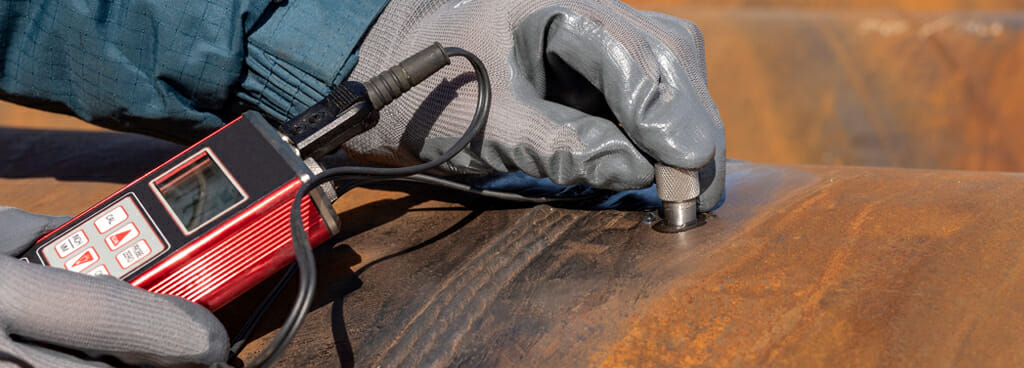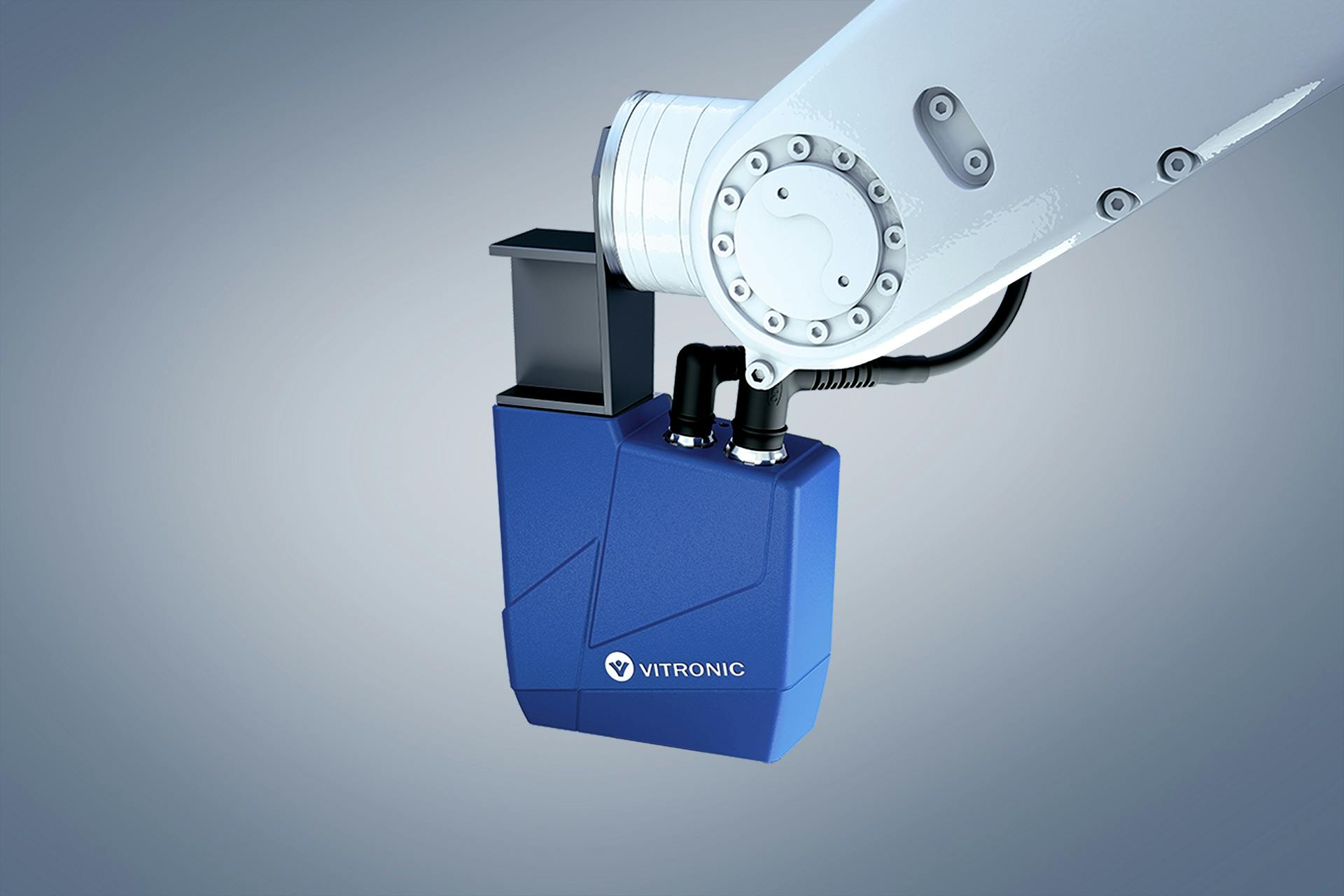Raise Your Criteria with Professional Welding Inspection Milwaukee Solutions
Raise Your Criteria with Professional Welding Inspection Milwaukee Solutions
Blog Article
Understanding the Value of Welding Evaluation in Ensuring Structural Integrity
Welding assessment plays a crucial function in keeping structural integrity within the building and construction sector, working as an important guard versus prospective failures. By systematically identifying typical flaws-- such as porosity and insufficient blend-- evaluations not just support high quality criteria yet additionally make certain conformity with security policies. The ramifications of disregarding this vital process prolong past instant safety issues, influencing both the longevity of frameworks and the total track record of companies. As we check out the different assessment strategies and their advantages, the question emerges: what are real costs of neglecting this crucial element of building and construction?
Role of Welding in Construction

Along with architectural applications, welding is indispensable in the manufacture of both massive and intricate elements. It permits the personalization of components, allowing designers and engineers to bring their styles to fulfillment. The adaptability of welding methods, including MIG, TIG, and arc welding, permits for the reliable signing up with of different products and densities, satisfying particular job demands.
Additionally, the improvement of welding innovations has caused improved efficiency and precision in building procedures. Automated welding systems enhance performance while decreasing human error, therefore promoting better results. Consequently, the role of welding in building and construction prolongs beyond simple assembly; it is an important consider guaranteeing the security, long life, and general integrity of structures, emphasizing its relevance in the modern building landscape.
Typical Welding Defects
The integrity of welded frameworks is considerably influenced by the visibility of issues that can compromise their efficiency and security. Typical welding defects include porosity, insufficient combination, damaging, and slag inclusions, each of which can badly affect the general stamina and toughness of welded joints.
Porosity happens when gas bubbles are trapped in the weld steel, bring about lowered tensile stamina. Incomplete combination emerges when the weld steel does not correctly bond with the base metal, resulting in weak joints susceptible to failing. Damaging, a groove that forms at the side of the weld, can reduce the reliable cross-sectional location, boosting the threat of fracture. Slag inclusions occur when non-metallic materials end up being trapped in the weld, causing tension focus factors that may launch splits.
Various other problems, such as too much spatter and imbalance, can likewise add to architectural weak points. Recognizing and dealing with these defects throughout the welding procedure is important to guarantee the reliability of the final framework. Understanding of these usual welding problems is crucial for inspectors and designers to maintain the stability of welded frameworks and ensure long-lasting safety and security and efficiency.
Benefits of Welding Inspection
Making sure the honesty of bonded structures depends heavily on the efficiency of welding inspection procedures. The key benefit of welding examination is the very early discovery of prospective problems, which can dramatically decrease the danger of catastrophic failings. By identifying problems such as splits, incomplete blend, or porosity prior to they rise, assessment processes assist keep the security and dependability of structures.
Additionally, welding examination boosts compliance with sector criteria and laws. Sticking to these needs is essential for staying clear of legal effects and making sure that projects fulfill needed safety procedures. This conformity additionally promotes a society of quality control, advertising finest techniques amongst welding personnel.
Furthermore, routine examination can bring about set you back savings in time. By reducing the probability of rework or repairs due to welding issues, companies can allocate resources much more effectively, ultimately boosting performance.

Examination Strategies and Criteria
Effective inspection methods and standards are essential parts of keeping the honesty of welded structures. These techniques guarantee that welds are executed correctly and fulfill the needed specifications, thus decreasing the danger of structural failing. Typical assessment strategies include aesthetic evaluation, ultrasonic screening, radiographic screening, and magnetic bit screening. Each strategy has its distinct advantages and applications, depending upon the particular needs of the project.
Visual assessment is often the initial step, permitting assessors to identify surface defects such as fractures or improper bead forms. Ultrasonic testing utilizes high-frequency acoustic waves to identify inner problems, while radiographic screening utilizes X-rays or gamma rays to expose concealed variances within the weld. Magnetic particle testing is reliable for identifying surface and near-surface problems in ferromagnetic materials.
Specifications play a vital function in directing these assessment procedures, with companies such as the American Welding Culture (AWS) and the International Company for Standardization (ISO) supplying detailed guidelines. Conformity with these standards not only makes certain the high quality of welds yet also fosters trust among stakeholders in the structural integrity of the ended up product. Abiding by recognized evaluation techniques and requirements is essential to accomplishing trustworthy and lasting welded frameworks.
Regulatory Compliance and Safety
Regulative compliance is crucial for protecting the safety and security and stability of welded frameworks. Sticking to recognized codes and standards, such as those set by the American Welding Culture her response (AWS) and the American National Criteria Institute (ANSI), makes certain that welding methods satisfy rigid security and high quality needs. These laws are made to avoid failings that can result in catastrophic incidents, injuries, or death.
Compliance with these laws entails regular evaluations and assessments throughout the welding procedure. Qualified assessors assess welds for adherence, toughness, and high quality to requirements, making certain that any kind of discrepancies are without delay attended to. This aggressive technique not just enhances the structural stability of welded components but additionally reduces risks sites connected with non-compliance.
Furthermore, regulatory bodies frequently call for documents of examinations and conformity records, which offer as legal evidence of adherence to safety criteria. Companies that focus on regulative compliance not just secure their labor force and customers yet also boost their online reputation within the sector. Inevitably, understanding and implementing these guidelines is vital for any kind of organization intending to keep high security requirements and achieve long-lasting functional success in welding techniques.
Conclusion
In verdict, welding assessment plays a crucial duty in keeping structural integrity within the construction industry. Eventually, a commitment to extensive welding evaluation is necessary for protecting both the labor force and the honesty of constructed structures.
The convenience of welding techniques, consisting of MIG, TIG, and arc welding, permits for the efficient signing up with of various materials and densities, catering to details task needs.
Making certain here the integrity of bonded structures depends heavily on the effectiveness of welding examination processes (Welding Inspection Milwaukee). In summary, the advantages of welding assessment are diverse, important for ensuring architectural honesty and operational quality

Sticking to well-known codes and criteria, such as those set by the American Welding Culture (AWS) and the American National Criteria Institute (ANSI), makes sure that welding methods meet strict security and quality requirements. Ultimately, a commitment to rigorous welding evaluation is important for protecting both the workforce and the stability of constructed frameworks.
Report this page